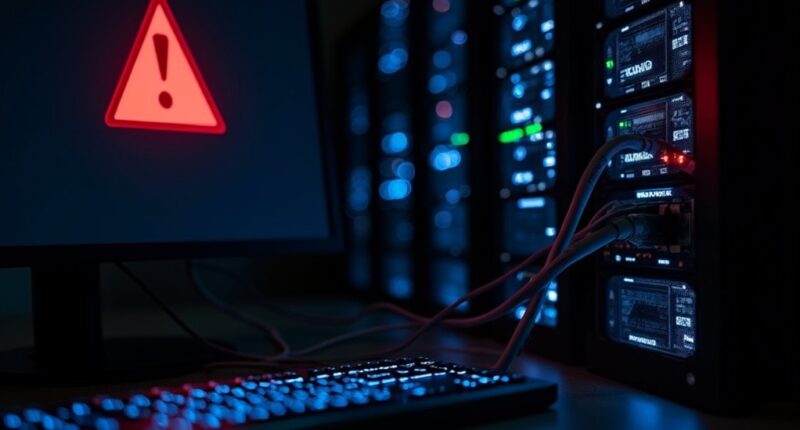In a move that should concern anyone using Remote Desktop Protocol, Microsoft has sounded the alarm over a sophisticated new malware threat dubbed StilachiRAT. The tech giant discovered this remote access trojan in November 2024, and it’s not your average piece of malware. StilachiRAT packs a punch with advanced evasion techniques and persistent mechanisms that make it particularly dangerous.
Microsoft’s warning about StilachiRAT should send chills down the spine of any RDP user. This isn’t garden-variety malware.
This nasty piece of work targets sensitive data with laser precision. It doesn’t just go after your everyday passwords – it specifically hunts for cryptocurrency wallet extensions in Google Chrome, 20 of them to be exact. Popular wallets like Coinbase Wallet and Metamask remain prime targets for this threat actor. Your clipboard isn’t safe either. The malware constantly monitors it, waiting for sensitive data like passwords or crypto keys to appear. Great.
What makes StilachiRAT truly insidious is its RDP session exploitation capability. It captures information from active Remote Desktop sessions and – here’s the scary part – clones security tokens to impersonate logged-in users. This means attackers can move laterally through networks, fundamentally becoming you on the system. Think about that for a second.
The malware’s persistence is remarkable. It uses the Windows service control manager and watchdog threads to monitor itself. Try to remove it? It reinstalls automatically. It’s like that houseguest who just won’t leave. This is precisely why security awareness training should be conducted regularly, as proper education helps users identify and avoid such sophisticated threats.
StilachiRAT communicates with command and control servers through TCP ports 53, 443, or 16000. From there, attackers can execute commands, steal credentials, manipulate the system, and modify registry values. They can even clear event logs to hide their tracks. Sneaky. The malware has been programmed to delay communication with its command servers for two hours post-installation, likely to avoid immediate detection.
Microsoft isn’t just raising awareness for fun. They’re recommending concrete steps: download software only from official sources, implement multi-factor authentication for RDP, restrict RDP access to trusted networks, and deploy endpoint detection solutions.
The malware isn’t widespread yet, but its sophisticated capabilities make it a significant threat. Better safe than sorry.









